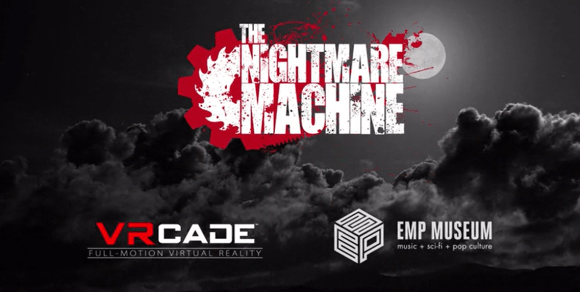A binaural recording is designed to mimic as closely as possible the experience of listening through human ears, and thus binaural microphones are often shaped like the human head with the microphone cartridges placed where the ears would be. That’s not the only way to make a binaural microphone though, and the Crown Stereo Ambient Sampling System, or SASS, did the same thing with a pair of pressure zone microphones for outdoor recordings. [Filip Mulier] doesn’t have one of the originals, but he’s done his best to make a SASS-like microphone of his own.
The attractive thing about this design is its simplicity, making use of foam sheets for the main body, with packing board as a rain deflector and a couple of layers of non-woven cloth as a wind filter. Perhaps best of all though are the recordings, in which we hear ambient recording at its finest. Listen with headphones, we suggest the dawn chorus.
If binaural recording and stereo interests you, we’ve taken a closer look in the past.

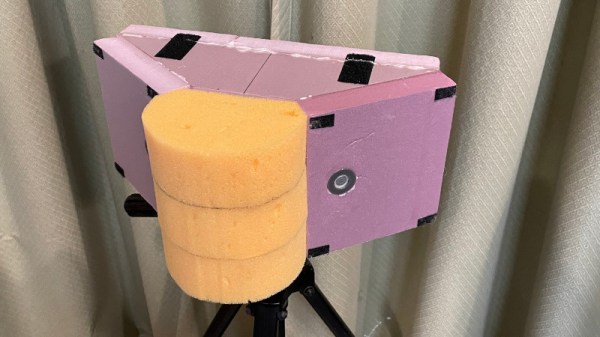


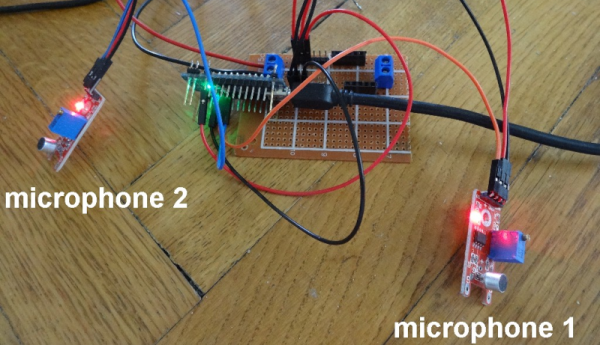
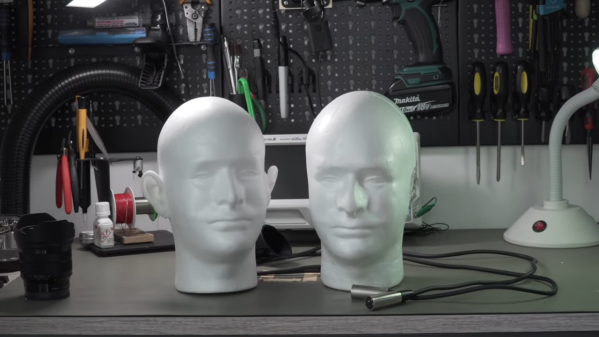

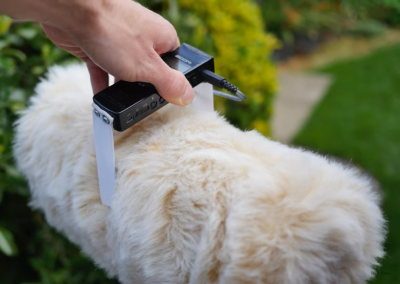 Another problem is that for stereo recording you need two and because they are quiet, they tend to pick up handling noise so you probably need to mount them on tripods. That’s all too much to carry around, especially on a hike. So [Matt]
Another problem is that for stereo recording you need two and because they are quiet, they tend to pick up handling noise so you probably need to mount them on tripods. That’s all too much to carry around, especially on a hike. So [Matt] 
